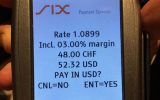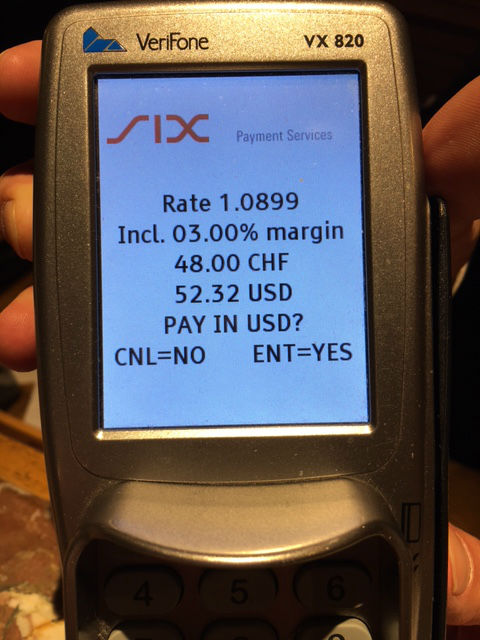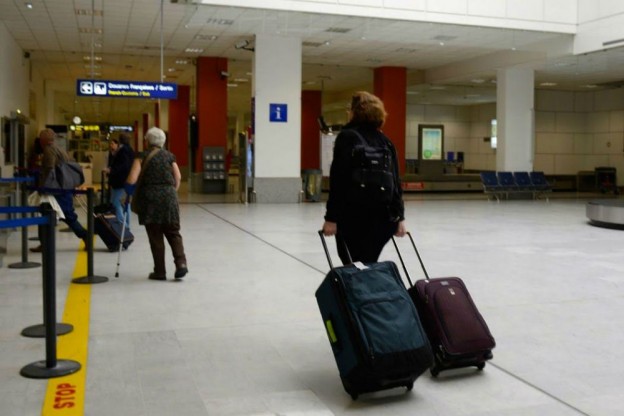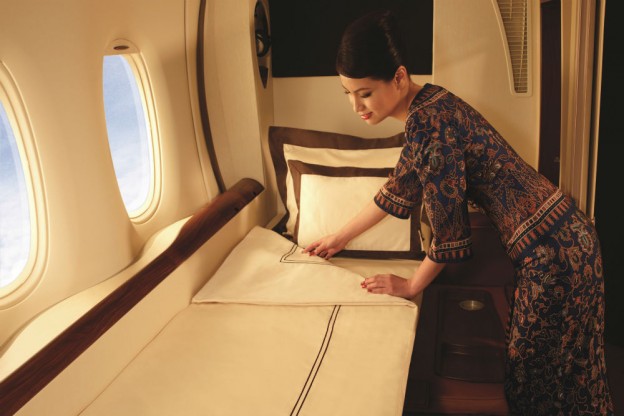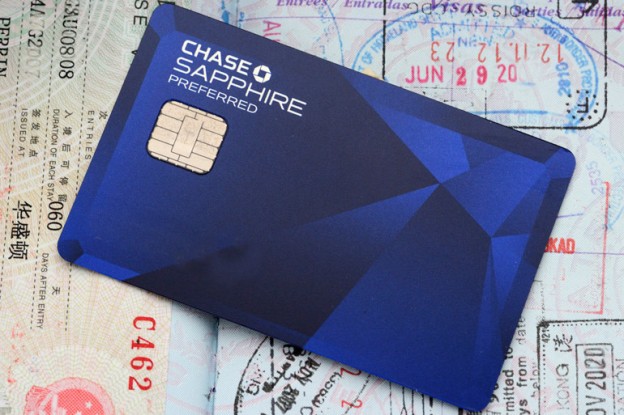Whether you’re actually traveling or working your way toward a trip, the right credit card can be a big help in getting you there.
There are three things that rewards credit cards can do for you, and it’s important to know why you’ve taken a particular card, and to use it accordingly.
Some are best for the initial bonus miles. They’ll give you a ton of points for taking the card, but there’s not really a reason to keep the card after you’ve earned the bonus.
Some are best for ongoing spending. They reward you with valuable points, and lots of them—bonuses for spending on travel, dining, groceries, and the like.
Some are best for the valuable perks. If you fly an airline a lot but not quite enough to earn elite status, the airline’s co-branded credit card will give you many of the same perks, such as priority boarding and free checked bags. Still others get you lounge access or special discounts on airfare. You want to carry these cards, but you don’t necessarily want to put spending on them.
The Chase Sapphire Reserve Card became the ‘it’ card on the market when it launched three years ago with a 100,000-point sign-up bonus, though that’s been dialed back to a still-generous 50,000 points. Ongoing spending is rewarded generously with triple points on travel and dining. The points can either be used to purchase airfare directly at 1.5 cents in value per point or transferred to a variety of airline and hotel frequent-flier programs. And though the annual fee was just increased to $550, the card’s perks are still generous: a $300 travel credit, credit of the application fee for Global Entry, TSA PreCheck, or NEXUS, and a Priority Pass Select card with unlimited visits and privileges for two complimentary guests each time, providing lounge access in over 30 U.S. airports and to about 1,300 airport lounges around the world. In terms of travel protections, you’ll get primary collision-damage coverage when you rent cars, along with coverage for lost bags and long flight delays (something Citibank cards lack), and there are no foreign-transaction fees. However, along with the increased fee there have been some nips and tucks to the benefits: The trip cancellation coverage no longer includes when a travel provider goes bankrupt; you’re limited to two guests in airport lounges, they no longer give points on the spending that’s rebated to you as part of the $300 travel credit, and they no longer give you the travel credit twice in your first year. On the other hand, the card now offers Lyft benefits (ten points per dollar) and a complimentary DoorDash DashPass for discounted food delivery.
Here are some of the best cards in each category:
Cards With the Best Bonuses for Signing Up
Chase Sapphire Preferred Card: You’ll earn 80,000 points after spending $4,000 on the card within three months. This isn’t the biggest number bonus you’ll ever see, but the points are among the most valuable out there, transferring to airlines including United, British Airways, Air France KLM, Emirates and Singapore, and to hotel programs including Hyatt and Marriott. The card has a $95 annual fee.
If you have a small business, then the Chase Ink Business Preferred Credit Card will be very tempting. You’ll earn 100,000 points after spending $15,000 on purchases within three months of opening your account. This card earns the same transferable points as the Chase Sapphire Preferred and Sapphire Reserve, so they transfer to various airlines and hotels.
Cards that are Best for Ongoing Spending
All of these cards earn flexible points that can be transferred to a variety of different airline or hotel programs. That way you aren’t locked into a single program—you can choose where to put your points once you know where you’d like to travel and who has the best award availability at that time. The flexibility of points alone makes them more attractive than airline-specific credit cards, and they often earn points at a faster rate, too.
Chase Sapphire Reserve: The card earns a valuable currency that transfers to several airline and hotel programs, and it also earns triple points on all travel and all dining. It’s a Visa card, so it is accepted almost everywhere, and there are no foreign-transaction fees either.
American Express Gold Card: American Express renamed the “Premier Rewards Gold” card and really improved it. It earns 4 points per dollar at U.S. restaurants and supermarkets (the latter on up to $25,000 in spend annually), and 3 points per dollar with airlines. It has a $250 annual fee, which is somewhat offset by a $120 annual dining credit with certain food delivery services and restaurants and $120 annual Uber credit.
Capital One Venture X: The cards above all earn well in spending bonus categories. Consider the one that best matches your own spending patterns. But use it only for spending in those categories! You don’t want to earn just 1 point per dollar on the rest of your spend. If the opportunity cost of $1 in spending on a rewards card is $1 in spending on a 2% cash back card, then you’re effectively buying points at 2 cents apiece when using the rewards card for un-bonused spending. That’s too expensive! Earning with a card like Capital One Venture X for all of the rest of your spending makes sense, since it earns 2 points per dollar on all charges—and the points can either be redeemed directly against paid travel or transferred to airline and hotel loyalty programs. This card has a $395 annual fee, but comes with a $300 annual travel credit for bookings made at Capital One Travel (whether hotels, airline tickets, etc.) plus 10,000 bonus miles every account anniversary and comes with a Priority Pass membership for airport lounge access as well as access to Capital One’s own airport lounges. They have a partnership that provides Hertz Presidents Club status, and authorized users of the card come at no annual fee—and these cards are entitled to Priority Pass and Hertz status as well.
Cards With the Best Perks and Benefits
Generally, airline co-branded credit cards are worthwhile for the benefits if you fly one airline most of the time but don’t fly enough to earn elite status. You’ll get waived checked-baggage fees and priority boarding (so you can avoid having to gate-check your carry-on when the plane runs out of overhead-bin space). With United’s card you’ll also get two annual airline lounge passes. These cards aren’t as rewarding as the others on this list, though, for your ongoing spend. So consider getting them for the benefits, but put your spending on other cards.
American Express Platinum: This card is great for lounge access. It gets you into Delta lounges when flying Delta, as well as into American Express’s own network of Centurion lounges and it comes with a Priority Pass Select card, which provides access to lounges around the world (but not credit at Priority Pass airport restaurants). You also get National Car Rental’s Executive status (that means you can pick from better cars when you rent), Hilton’s Gold status (good for upgrades and breakfast), and Marriott’s Gold status (which enables you to avoid unfortunate rooms and get 2pm late checkout). You also get an annual credit of $200 for airline fees, an annual Uber credit of $200 and an annual credit of $100 at Saks; $240 Digital Entertainment Credit; $179 CLEAR credit; $300 Equinox credit and more. That all, to me, makes this card’s $695 annual fee worth paying.
Alaska Airlines Visa Signature: This Bank of America card comes with the unique benefit of a $99+tax companion ticket that isn’t like most companion tickets in travel—it really is good for any seat on any of their flights. If you pay for an economy ticket on Alaska, you can book a companion for only slightly more than $100. I consider the companion ticket to be worth the card’s $75 annual fee, since it’s good throughout Alaska’s route network—even for trips between the U.S. East Coast and Hawaii.
Be a smarter traveler: Use Wendy’s WOW List to plan your next trip. You can also follow her on Facebook and Twitter @wendyperrin, and sign up for her weekly newsletter to stay in the know.



